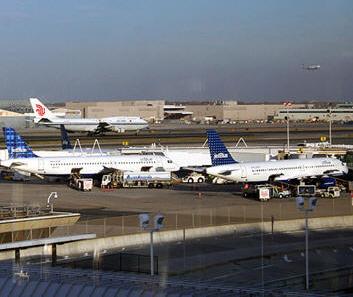|
|||||||||||
|
|
|
|||
|
By |
||||
 |
October 8, 2010 - The FAA has proposed requiring airports certificated under Part 139 to put in place safety management systems (SMS) for all airfield and ramp areas. Part 139 requires FAA to issue airport operating certificates to airports that serve scheduled and unscheduled air carrier aircraft with more than 30 seats, server scheduled air carrier operations in aircraft with more than 9 seats but less than 31 seats. This Part does not apply to airports at which air carrier passenger operations are conducted only because the airport has been designated as an alternate airport. Airport Operating Certificates serve to ensure safety in air transportation. To obtain a certificate, an airport must agree to certain operational and safety standards and provide for such things as firefighting and rescue equipment. |
|||
|
|
||||
|
These requirements vary depending on the size of the airport and the type of flights available. The regulation, however, does allow FAA to issue certain exemptions to airports that serve few passengers yearly and for which some requirements might create a financial hardship.
There are
currently 553 airports in the SMS is a formal approach to managing an organization's safety through four key components ? safety policy, safety risk management, safety assurance, and safety promotion. This proposal will help airports enhance safety by developing an organization-wide safety policy; implementing methods to mitigate airport hazards; and analyzing and mitigating risks before they change airport procedures or infrastructure. |
||||


